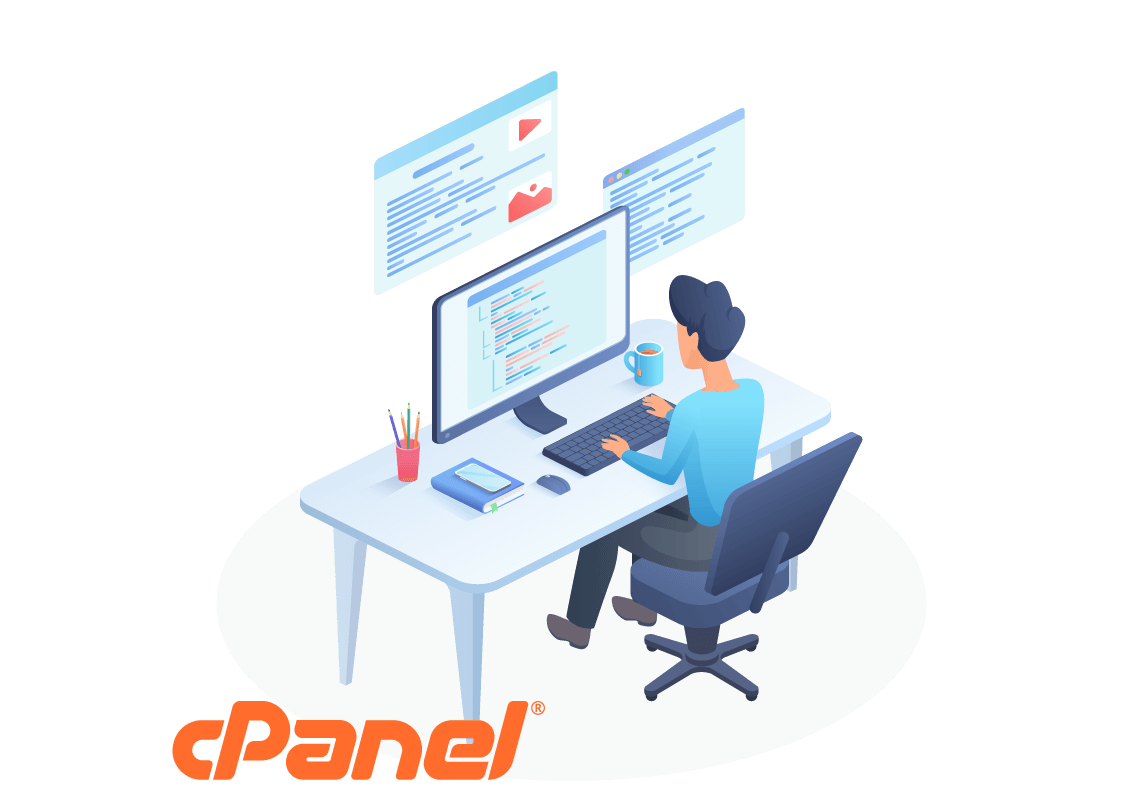what makes your website work?
CPanel File Manager: How to Use It
From the cPanel file manager you can access all files on your website.

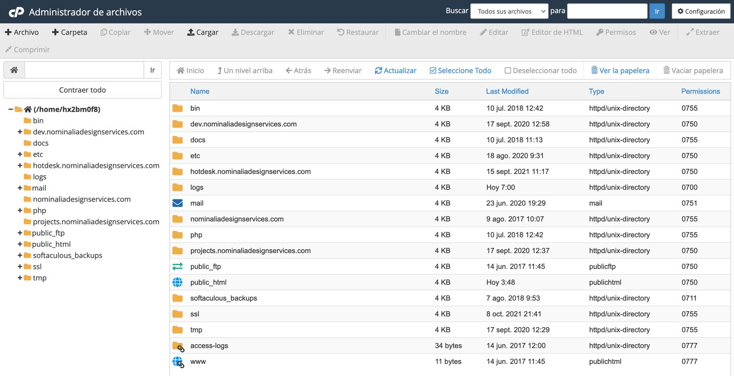
Thanks to the cPanel File Manager, you can access any file on your website. If you need to upload, delete or edit a source file on your website and you don't have any FTP tool configured in your computer, this functionality is the one for you.
Once you enter the cPanel File Manager, you will find a screen like this one where you can see all the guts of your website.
The directory "public_ftp" is the root of your site and contains all website files.
The cPanel File Manager is very useful for uploading or downloading files from the server, such as a sitemap.xml or a Google verification file. It is also very useful, among other things, for:
- Make small changes in files when you don't want to configure an FTP client such as Filezilla or Cyberduck .
- Solve installation problems of a plugin, where you will have to rename or delete the directory where that particular plugin is located
- Delete cache directories when our website is not working properly
- Upload very large files such as PDFs or videos to the server
- Create new directories or rename existing ones
Softaculous application installer
Softaculous is an app auto-installer that gathers hundreds of resources in a single space
The Softaculous application installer is an extremely useful tool for the user, since it contains hundreds of pre-installed applications for all types of web projects. Softaculous is included in Nominalia's cPanel, included in all its Linux Web Hosting plans.
If you click on "Install" WordPress, you will see a screen like this, where you can choose in which URL or directory of your website you want to install WordPress.
For example, if you want to add a blog to your website, you must enter your domain and, in the directory field, the name you want to give to that new section of your website (for example,"blog").
In this case, you will have your website in your main URL https://nominaliadesignservices.com and the new part for which you have installed a WordPress in: https://nominaliadesignservices.com/blog
On this page you can also set the username and password for entering your WordPress administration and also choose the theme (template) for your website right away.
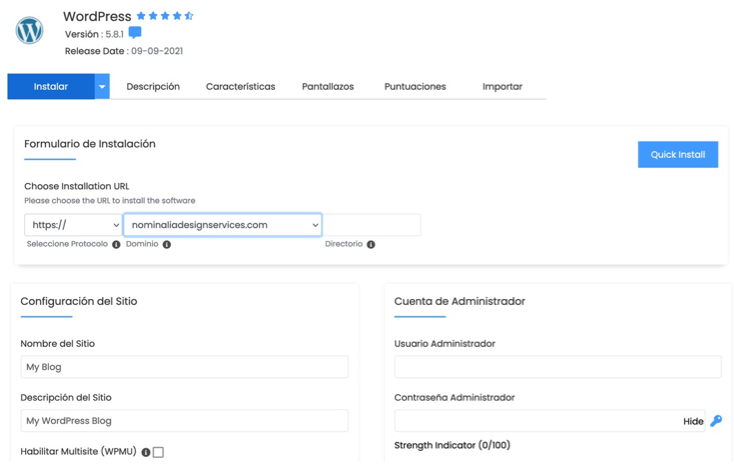
cPanel integrates multiple PHP versions
cPanel allows you to update the PHP version of your website very easily taking the proper precautions
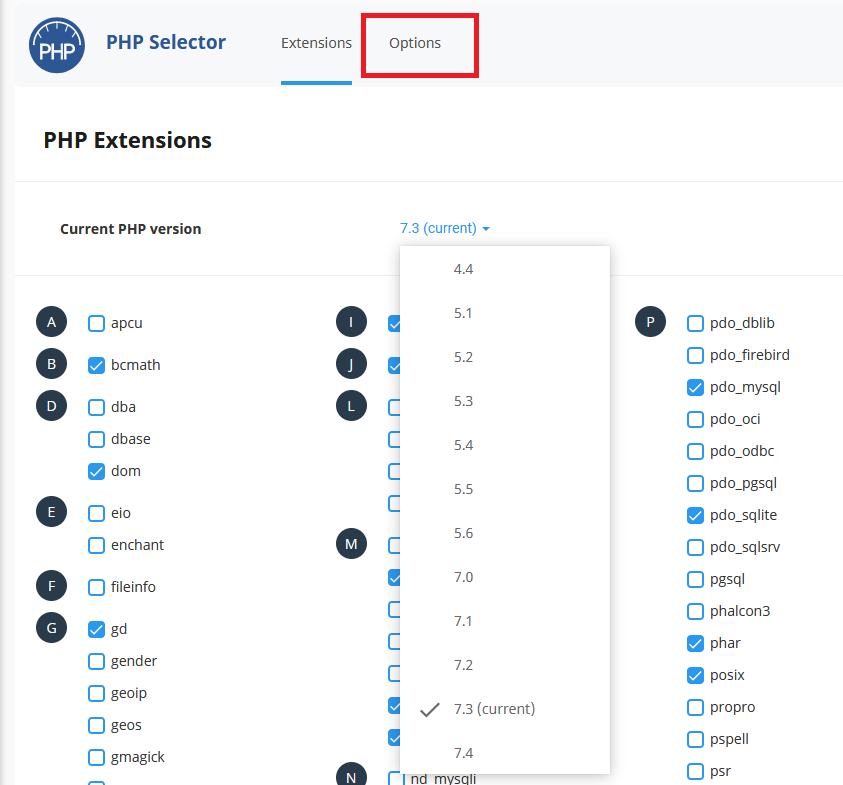
In the "SOFTWARE" section of your Web Hosting cPanel you'll see the option "Select PHP Version". Accessing there you will see a dropdown menu with all available PHP versions. If your website is old enough, it could be that it doesn't support the latest versions of PHP.
Nominalia always integrates the latest version of PHP, currently 8.1, released in November 2021.
PHP variables
On this same page, you can also configure the PHP variables. This is useful to allocate more server resources to your website at any given time, for instance in case of website error when trying to install a new template or plugin or even when you get a white screen. In this situation, it's very likely that you will have to increase your server memory.
It can also happen while trying to upload a large pdf and the WordPress or PrestaShop administrator warn you of being about to reach the limit. The solution in this case is also to increase the values of the PHP variables.
Usually you will have to increase these 3 variables in order to make your website work again:
- memory_limit
- post_max_size
- upload_max_filesize
If you see a screen other than this one, it means that you have a different version of cPanel , where the configuration of PHP variables are made from the button "Switch PHP Options" .
FTP accounts in cPanel
FTP is the protocol for uploading and downloading files to the server
On some occasions it is likely that, apart from the main FTP account, you need to create a secondary FTP account to give access to someone else in order for him to be able to work in a specific web directory.
By creating a secondary FTP user or additional FTP user, you can limit its permissions to prevent him from accessing files on the server that may be more vulnerable or likely to cause a website malfunction.
The FTP accounts of all Nominalia Linux Hosting plans are unlimited, so you don't have to worry about giving restricted access to your website to as many people as you like.
With the option "Add an FTP account" of cPanel, you will be able to create a user, a password, specify the directory to which you give access to and set a quota or unlimited space.
Limit the quota of each FTP user is a control measure to prevent that user from uploading heavy files causing troubles the entire website.
In this article, we explain you in detail how to upload and downliad files via FTP within cPanel.

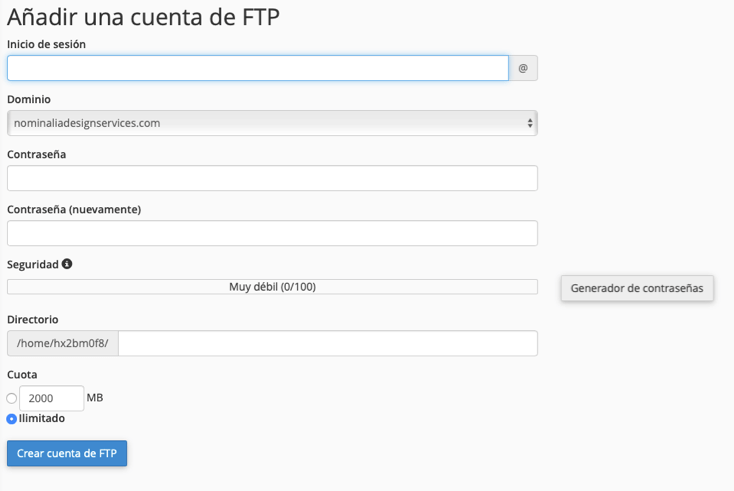
Let's Encrypt certificate included
All Linux Hosting plans include free SSL
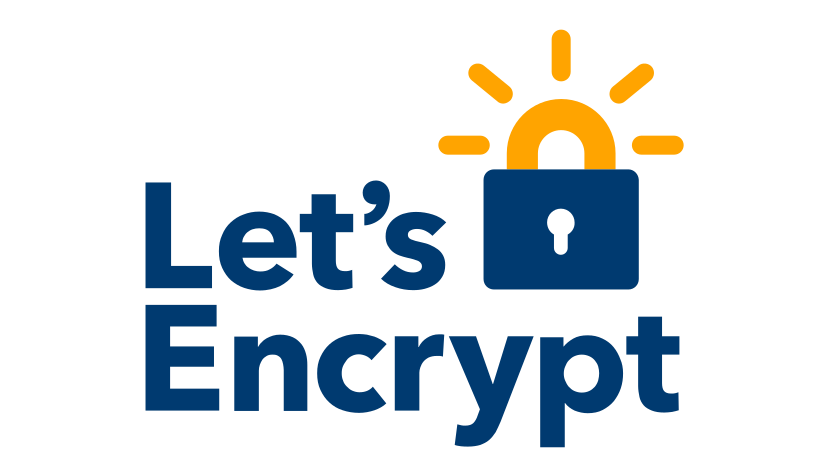
Currently, any website must have installed an SSL certificate in order to guarantee the security of the transferred data. At Nominalia, any Linux Web Hosting plan includes the Let's Encrypt security certificate so that the hosted website uses the HTTPS security protocol.
Let's Encrypt is a free certificate that enables the owner of a website to automatically install an SSL which will convert the HTTP protocol of your website into HTTPS, something that guarantees users who visit the site that this website is authentic and safe, providing confidence and confidentiality for surfers.
In addition to the security of the navigators, another great advantage of having your website with an SSL certificate installed is the SEO factor: Google has stated on several occasions that websites with HTTPS protocol are better positioned in the search engine, since the search engine always bets on the security of the Internet users.
All these Nominalia Hosting plans include a free SSL certificate: Multisite web hosting plans, Hosting WordPress, Dominio Business, Hosting PrestaShop y Hosting Joomla!.
-
What is a cPanel?
cPanel is a control panel that simplifies the administration of web hosting servers.
The cPanel interface contains different tools that make it easy to manage server parameters for both technical and non-technical people. From the cPanel you can manage your website files, change the php version, increase php variable values, create databases or install applications such as WordPress, PrestaShop or Joomla! among others.
-
What is FTP and web FTP?
An FTP is a File Transfer Protocol between your computer (with any operating system) and the web server. To be able to transfer files via FTP you have two options:
- Install on your computer an FTP client such as Filezilla or Cyberduck.
- Within cPanel, use the "File Manager" function. This option is a web FTP, as it does not require to install anything on your computer.
-
What is an app installer like Softaculous for?
An app installer like Softaculous, which is included in Nominalia Web Hosting plan on Linux, makes it easy to install any CMS (WordPress, Joomla!, PrestaShop, etc.), since it saves you the trouble of having to create a database, connect it and upload the files to the server. In three or four clicks you have your CMS installed!
-
What is PHP and its different versions?
PHP is an interpreted programming language especially used in web development. It runs on the server side, thus being able to reach the browser in HTML format and making it possible to interpret it.
Since its creation in 1995, it has been updated over the years giving rise to its different versions. Currently, the latest version is 8.0.12, launched in November 2021 and which will soon be integrated into Nominalia's Web Hosting plans.
-
What is a cPanel?
cPanel is a control panel that simplifies the administration of web hosting servers.
The cPanel interface contains different tools that make it easy to manage server parameters for both technical and non-technical people. From the cPanel you can manage your website files, change the php version, increase php variable values, create databases or install applications such as WordPress, PrestaShop or Joomla! among others.
-
What is FTP and web FTP?
An FTP is a File Transfer Protocol between your computer (with any operating system) and the web server. To be able to transfer files via FTP you have two options:
- Install on your computer an FTP client such as Filezilla or Cyberduck.
- Within cPanel, use the "File Manager" function. This option is a web FTP, as it does not require to install anything on your computer.
-
What is an app installer like Softaculous for?
An app installer like Softaculous, which is included in Nominalia Web Hosting plan on Linux, makes it easy to install any CMS (WordPress, Joomla!, PrestaShop, etc.), since it saves you the trouble of having to create a database, connect it and upload the files to the server. In three or four clicks you have your CMS installed!
-
What is PHP and its different versions?
PHP is an interpreted programming language especially used in web development. It runs on the server side, thus being able to reach the browser in HTML format and making it possible to interpret it.
Since its creation in 1995, it has been updated over the years giving rise to its different versions. Currently, the latest version is 8.0.12, launched in November 2021 and which will soon be integrated into Nominalia's Web Hosting plans.




